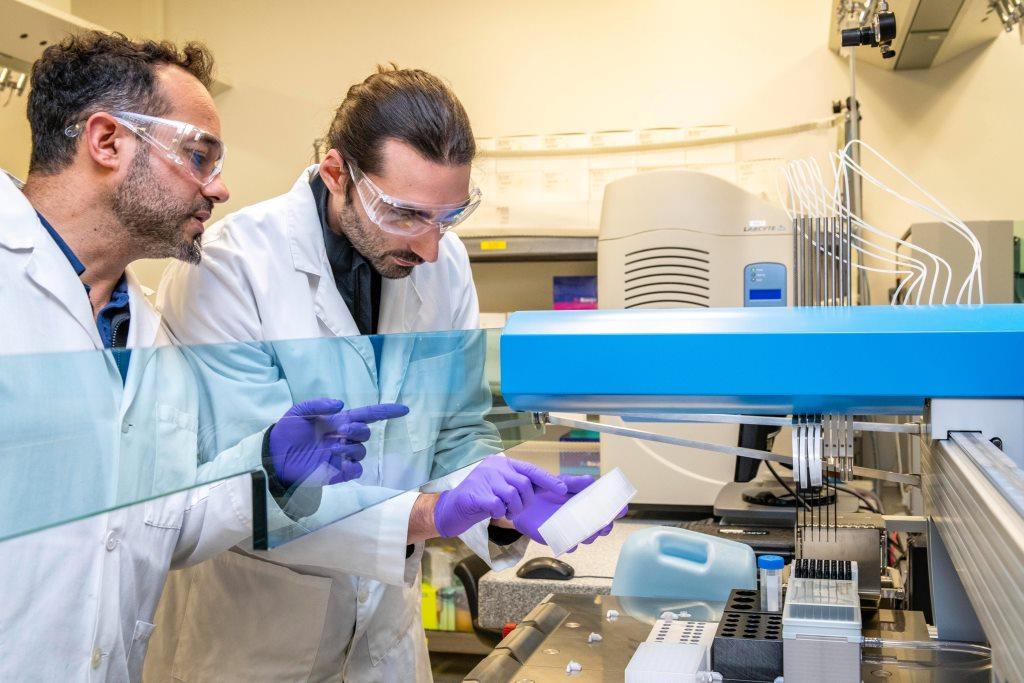Johnson & Johnson Collaboration for Lung Cancer Diagnosis to Proceed With Pilot Stage

An ophthalmic diagnostic analysis which French company, Mauna Kea Technologies is set to begin a new clinical test to further try its efficacy for lunch cancer diagnosis.
An ophthalmic diagnostic analysis by French company Mauna Kea Technologies is set to begin a new clinical test to further try its effectiveness for lung cancer diagnosis.
The Paris-based company announced that the pilot study will be conducted in collaboration with the Lung Cancer Initiative; LCI is an initiative to fight the most common form of cancer in the world, set up in 2018 by one of Mauna Kea's investors, Johnson & Johnson.
The pilot will employ the use of needle-based focal laser endomicroscopy or nCLE method on 25 patients in the Netherlands and the U.S.
The patients participating in the said study all have what's called in medical diagnosis as peripheral lung nodules. In the pilot, they will be going through a "robotic bronchoscopy procedure."
While the said procedure is going on, the nodule cells' images will be captured using the Cellvizio 100 Series confocal laser imaging system.
ALSO READ: Researchers Claim New Hydrogel Could Potentially Replace Damaged Knee Cartilages
Use of a Biopsy Needle for the Microscopic Imaging of Cells
While this new laser endoscope has presented its effectiveness in several other diagnostic applications, which include central lung cancers, the needle-based test has not formerly been employed in combination with robotic directional bronchoscopy.
Based on the project summary, the needle-based laser endomicroscopy utilizes a small fiber, which passes through a biopsy needle for activation.
According to the project summary, nCLE uses a small fiber that is passed through a biopsy needle for the cells' real-time microscopy.
A 3.5-µm image resolution is expected to determine critical features constant with pulmonary fibrosis and malignancy. Meanwhile, nCLE's efficiency with intravenous fluorescein has formerly been presented for central lung cancers with doctors utilizing ultrasound devices to guide placement of the needle.
DON'T MISS THIS: Bioprinted Skin Patches for Diabetic Foot Ulcers, Now Commercially Available
'Monarch' Evaluation
In this research, the nCLE is being assessed along with a new robotic system, also known as 'Monarch'. Auris Health, a Johnson & Johnson subsidiary, developed the said robotic system.
Heading the study is Philadelphia Fox Chase Cancer Center's Christopher Manley, who expressed how excited he is to begin the feasibility study and provide two "technological breakthroughs" to his patients, to enhance the peripheral lung nodules' diagnosis.
Manley added that the particular platforms could transform the manner they navigate towards peripheral pulmonary lesions. At the same time, the needle-based laser endoscopy allows for the characterization and microscopic level in vivo.
Actual Imaging
The preliminary study's leader at the Amsterdam University Medical Center, Jouke Annema, emphasized that a recently conducted research specified that the new procedure produced 90 percent accuracy for characterization of malignancy in both lymph nodes and lung tumors, to which the illness had already spread.
The work that finished the nCLE system, and published in the European Respiratory Journal, could identify lung center in actual time and favorable settlement among the different observers who employ the said probe.
Annema said that nCLE's combination with robotic navigation bronchoscopy could allow actual targeting and identification in a more significant proportion of lung tumors. This is when compared to the conventional bronchoscopy strategies, and could considerably enhance confidence in the biopsy sampling's suitability.
Additionally, this new probe with the Monarch and the Celvizio platforms, according to Mauna Kea CEO Robert Gershon, is designed to exhibit the safety and probability, as well as the distinct ability to envision lung abrasions outside the airways, where more than 80 percent of lesions are believed to propagate.
IN CASE YOU MISSED IT: 90-Year-Old Man Donates Platelets for the 725th Time
© MD News Daily.
